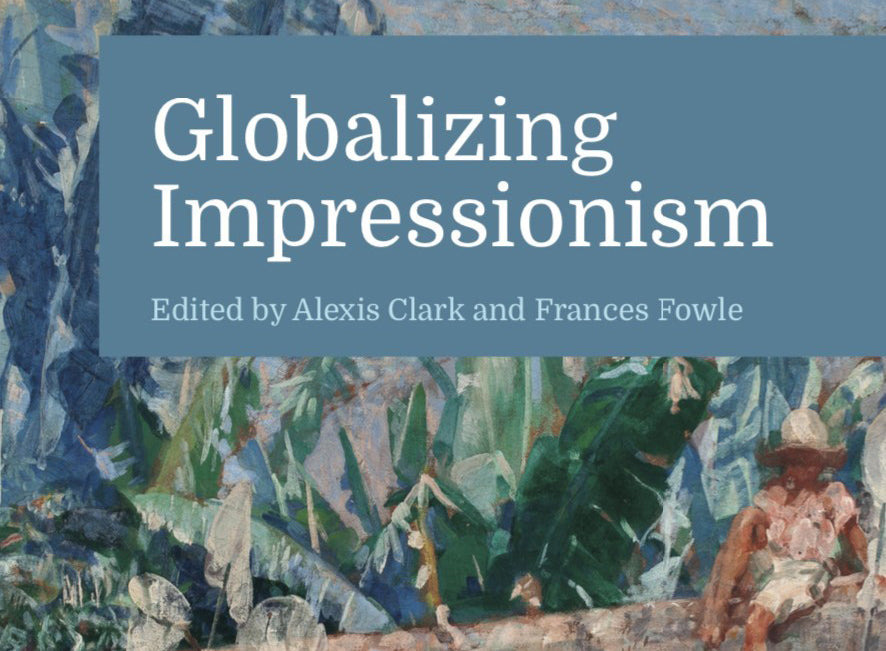
Impressionism, one of the most recognized and celebrated artistic movements in the history of art, now completes 150 years since its emergence on the streets of Paris in 1874. However, the legacy of this movement goes far beyond its lush landscapes and its revolutionary approach to light and color. In this article, we explore five essential texts that offer a diverse and in-depth view of Impressionism, revealing its complexity and ongoing relevance on the global art scene.
From works that highlight the transnational influence of Impressionism to essays that re-examine the role of black women in 19th-century Paris, each text presents a unique and enriching perspective on this artistic movement. By delving into these works, we are invited to reevaluate our understanding of Impressionism, discovering new layers of meaning and social relevance.
We will explore fundamental books that take us on a journey through the history, technique and cultural impact of Impressionism, offering a panoramic and multifaceted view of this movement that continues to inspire and fascinate artists and art enthusiasts around the world.
Globalizing Impressionism: Reception, Translation, and Transnationalism
After emerging in Paris in 1874, the Impressionist aesthetic spread widely, from Japan (whose own art greatly inspired the French Impressionists) to South Africa and Brazil. As this set of essays demonstrates, one of the Impressionists' discoveries was the way appearances could be loose and slippery, and the same was true of their style - no artist or nation laid claim to Impressionism, and there is no fixed definition of the movement. By reading Impressionism through an engagement with fluidity and circulation, this volume creates geographic connections and celebrates previously neglected regions and artists.

Posing Modernity: The Black Model from Manet and Matisse to Today
This catalog for a groundbreaking exhibition at Columbia University and the Musée d'Orsay brought much-needed attention to the black presence in 19th-century Paris, showing how black women, in particular, were active participants in artistic circles and contributed to the emergence of modernity. Denise Murrell, who curated the exhibition, writes especially about a model called Laure who appeared in paintings by Édouard Manet. (Manet never exhibited with the Impressionists, but was in many ways a precursor to the movement's spirit of avant-garde rebellion.) Murrell recognizes Laure's essential humanity in contrast to exotic stereotypes and argues that the shift in representation of the black female figure was "fundamental to the evolution of the aesthetics of modern art".

Impressionism and Post-Impressionism, 1874–1904: Sources and Documents
One of the most interesting aspects of learning about Impressionism is realizing how shocking the style was at the time. Critics have not held back their disdain, and reading this collection of primary source materials compiled by Linda Nochlin offers a way to access the newness and strangeness of paintings that have now become all too familiar. From Jules Laforgue's celebration of the "thousand little dancing brushstrokes" that make up a Monet to Théodore Duret's description of the laughter and indignation over the absurdity of painting blue shadows on a snowy scene, the language of the time revitalizes the work. Nochlin was a renowned scholar in her own right, and brief introductions to her authors accompany her insightful selection of documents here.

Impressionism: Art, Leisure, and Parisian Society
More than three decades ago (in 1988), Robert L. Herbert introduced a way of reading Impressionism that is now so common that it can be difficult to recall earlier approaches. In what he described as the "social history of art", Herbert considered paintings to be deeply embedded in their social and cultural milieu. The Impressionists were, in many ways, painters of everyday life, and Herbert gives us a glimpse into how life in 19th century Paris was changing. Cafés, parks, racetracks, cabarets, and swimming ponds provided new leisure venues for a growing middle class. Herbert traces both the pleasures and politics of transformation, delving into how impressionist paintings both contributed to the formation of bourgeois identity and revealed some of the malaise of modernization.

The Art of Impressionism: Painting Technique and the Making of Modernity
Art historian Anthea Callen's attention to materials and techniques stems from, and rewards, close observation. In this 2000 book, she takes the process of making seriously and recognizes that works of art are physical things, thinking about what it means to paint outdoors in practical and symbolic terms. Chapter topics include canvas, base tones, pigments, tonal values, light (both real and represented), varnish, and framing. Throughout the book, Callen draws attention to how new technologies and materials made the style of the Impressionists possible. His enjoyable analysis allows the reader to contemplate the works of art and further appreciate the sensorial qualities of Impressionist painting.

